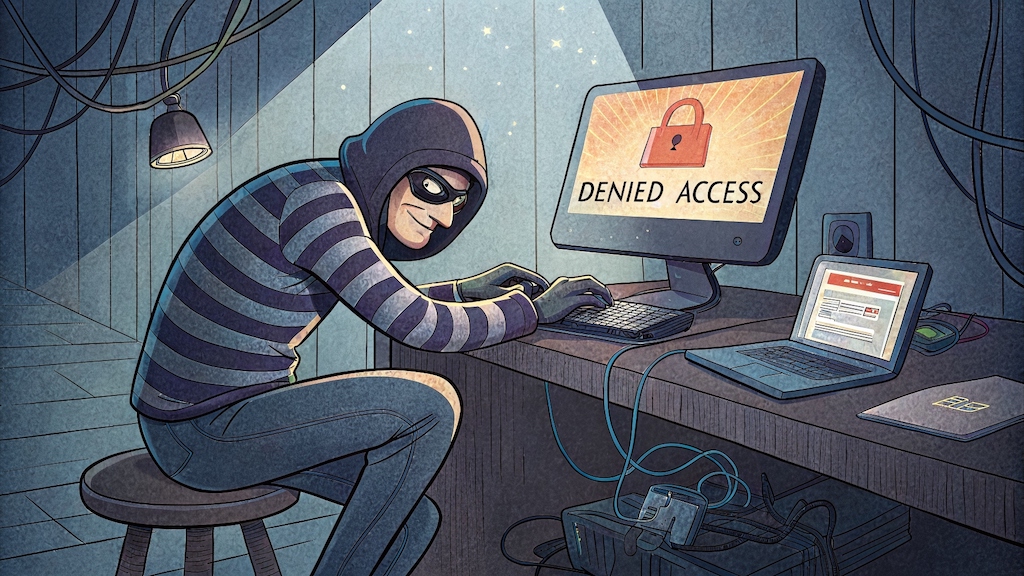
Essential Security Strategies for Protecting Your Digital Wealth
Cryptocurrency has revolutionized the way we think about money, investment, and personal finance. With the promise of decentralization, privacy, and borderless transactions, millions have flocked to digital assets like Bitcoin, Ethereum, and countless altcoins. Yet, as the value and popularity of crypto have soared, so too have the risks. Hackers, scammers, and cybercriminals are constantly devising new ways to steal funds from unsuspecting traders and investors. For anyone entering the world of crypto, safeguarding your assets is not just important—it’s absolutely essential.
This in-depth guide explores the best practices and tools for keeping your crypto safe, whether you’re a beginner or a seasoned trader. Learn how to protect yourself from phishing, hacks, and scams, and discover why security should always be your top priority.
Why Crypto Security Matters More Than Ever
Unlike traditional bank accounts, cryptocurrencies are not insured or reversible if stolen. Once your funds are sent to a hacker’s wallet, they’re almost impossible to recover. The decentralized nature of blockchain technology means you are your own bank—and with that comes the responsibility to secure your assets.
The High Stakes of Crypto Theft
- Over $1 billion in crypto was stolen in hacks and scams in 2024 alone.
- Phishing attacks and social engineering are on the rise, targeting both new and experienced users.
- Even major exchanges and wallet providers have suffered breaches, emphasizing the need for personal vigilance.
Understanding the Main Threats to Your Crypto
To effectively protect your assets, you need to understand the most common threats in the crypto space:
1. Phishing Attacks
Phishing is when attackers trick you into revealing your private keys, passwords, or recovery phrases by pretending to be a trusted source—often via fake websites, emails, or social media messages.
2. Exchange Hacks
Centralized exchanges can be lucrative targets for hackers. If an exchange is compromised, user funds stored on the platform may be at risk.
3. Malware and Keyloggers
Malicious software can infect your computer or smartphone, recording keystrokes or capturing screenshots to steal sensitive information.
4. Social Engineering
Hackers may impersonate support staff, friends, or influencers to manipulate you into giving up your credentials.
5. SIM Swapping
Attackers hijack your phone number, intercepting two-factor authentication codes and gaining access to your accounts.
The Golden Rule: Not Your Keys, Not Your Coins
The most fundamental principle in crypto security is simple: if you don’t control the private keys to your wallet, you don’t truly own your coins. Custodial platforms and exchanges hold your keys for you, but this convenience comes with risk. Whenever possible, use non-custodial wallets where only you have access to the private keys or recovery phrases.
Choosing the Right Wallet: Hot vs. Cold Storage
The wallet you choose is the first line of defense for your crypto assets. There are two main types:
Hot Wallets
- Connected to the internet
- Convenient for frequent trading and small balances
- Examples: mobile wallets, desktop wallets, web wallets
Cold Wallets
- Offline storage, not connected to the internet
- Much safer for large holdings and long-term storage
- Examples: hardware wallets (like Ledger or Trezor), paper wallets, air-gapped computers
Why Hardware Wallets Are the Gold Standard
Hardware wallets store your private keys offline, making them immune to most online attacks. Even if your computer is compromised, hackers cannot access your keys without physical possession of the device.
Best Practices for Securing Your Crypto
1. Use Strong, Unique Passwords
Never reuse passwords across different accounts. Use a reputable password manager to generate and store complex passwords for your crypto wallets, exchanges, and email accounts.
2. Enable Two-Factor Authentication (2FA)
Always activate 2FA on all crypto-related accounts. Use an authenticator app (like Google Authenticator or Authy) rather than SMS, as phone numbers can be hijacked.
3. Backup Your Recovery Phrases
When setting up a wallet, you’ll be given a recovery phrase (seed phrase). Write it down on paper and store it in a secure, offline location—never on your phone, computer, or cloud storage. Consider keeping multiple copies in separate, safe places.
4. Beware of Phishing and Fake Websites
Always double-check URLs before entering sensitive information. Bookmark official sites and never click on links from unsolicited emails or messages. Be cautious of lookalike domains and fake support accounts on social media.
5. Keep Software Updated
Ensure your wallet apps, operating system, and antivirus software are always up to date. Updates often include critical security patches.
6. Limit Exposure on Exchanges
Only keep funds on exchanges when actively trading. Transfer your assets to a secure wallet when not in use. Remember, exchanges can be hacked or go bankrupt.
7. Monitor Account Activity
Regularly review your transaction history and account activity. Set up alerts, if available, for any suspicious actions.
8. Use Secure Networks
Avoid accessing your crypto accounts on public Wi-Fi networks, which can be easily compromised. Use a VPN for an added layer of security.
9. Protect Against SIM Swapping
Contact your mobile provider and add extra security to your account, such as a PIN or password. Consider using app-based authentication instead of SMS.
10. Educate Yourself Continuously
Stay informed about the latest scams and security threats in the crypto world. Join reputable communities, follow trusted sources, and never stop learning.
Table: Crypto Security Checklist
| Security Measure | Description | Why It Matters |
|---|---|---|
| Hardware Wallet | Offline storage of private keys | Immune to most online attacks |
| Two-Factor Authentication (2FA) | Adds extra login step | Prevents unauthorized access |
| Strong Passwords | Unique, complex passwords for each account | Reduces risk of brute-force attacks |
| Recovery Phrase Backup | Written, offline backup of seed phrases | Allows recovery if device is lost/stolen |
| Phishing Awareness | Vigilance against fake websites/emails | Protects against credential theft |
| Software Updates | Regularly update wallets and devices | Fixes security vulnerabilities |
| Exchange Fund Limits | Only keep trading funds on exchanges | Minimizes loss if exchange is hacked |
| Secure Networks | Use trusted, private internet connections | Prevents interception of data |
| SIM Swap Protection | Add PIN/password to mobile account | Blocks phone number hijacking |
| Ongoing Education | Stay updated on threats and best practices | Adapts to evolving risks |
Common Crypto Scams and How to Avoid Them
1. Giveaway Scams
Scammers impersonate celebrities or influencers, promising to double your crypto if you send them funds. Remember: if it sounds too good to be true, it is.
2. Fake Wallets and Apps
Only download wallets from official sources or app stores. Read reviews and check for verified developers.
3. Ponzi Schemes and High-Yield Investment Programs
Beware of platforms promising guaranteed returns or unusually high profits. Crypto markets are volatile, and no legitimate investment can promise risk-free gains.
4. Impersonation on Social Media
Hackers may pose as support staff or well-known figures to trick you into revealing sensitive information. Always verify identities and never share private keys or recovery phrases.
The Role of Regulation and Insurance
While crypto is largely unregulated, some exchanges and custodians now offer insurance against hacks. However, coverage is often limited. Relying on insurance should never replace personal security measures.
What to Do If You’re Hacked or Scammed
- Act Quickly: If you suspect a hack, move your remaining funds to a secure wallet immediately.
- Report the Incident: Notify the exchange, wallet provider, and relevant authorities.
- Warn Others: Share your experience in reputable communities to help others avoid similar scams.
- Review Security: Identify how the breach occurred and take steps to prevent future incidents.
The Importance of Personal Responsibility
Crypto empowers individuals to control their own wealth, but this freedom comes with the responsibility to secure it. By following best practices, staying vigilant, and continuously educating yourself, you can dramatically reduce the risk of loss and enjoy the benefits of digital assets with confidence.
The landscape of crypto security is always evolving. Hackers are persistent, but so are the tools and strategies for defense. Whether you’re holding a few dollars in Bitcoin or managing a diverse portfolio, making security your top priority is the smartest investment you can make in the world of cryptocurrency.















